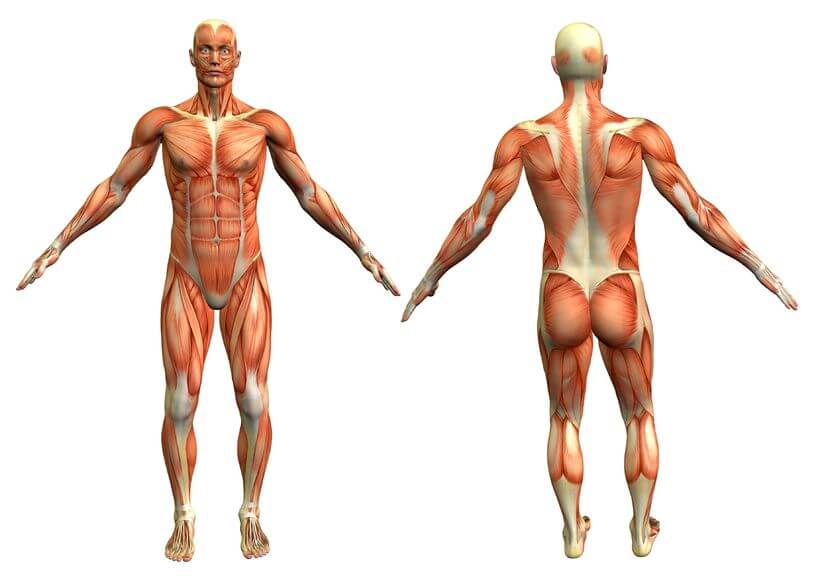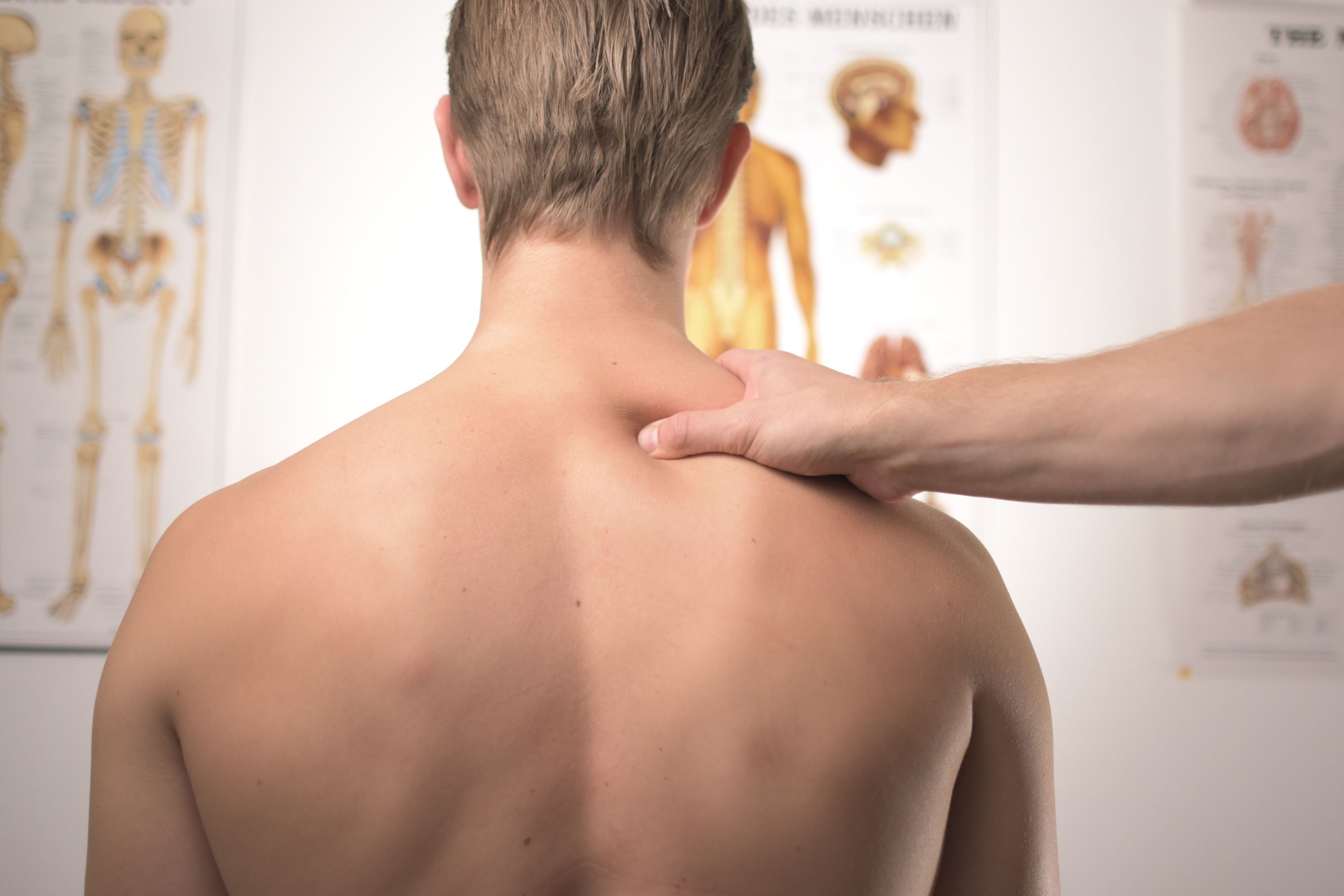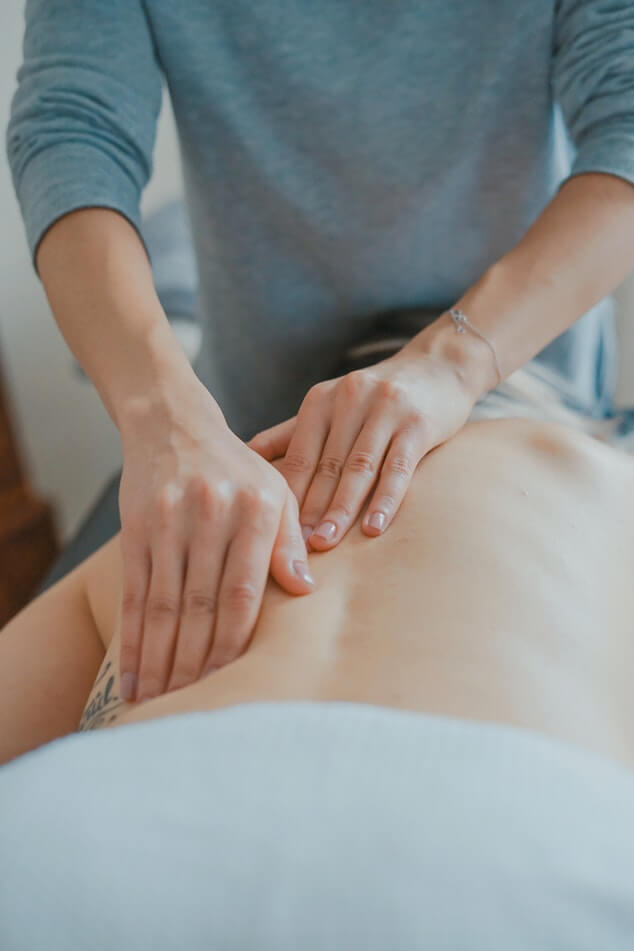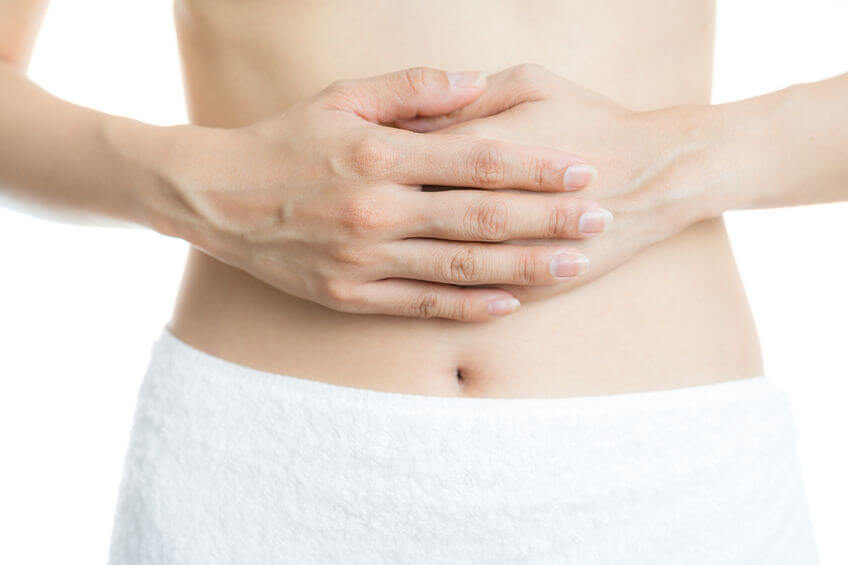Did you know that when a massage is applied it affects every system in the body?
Pretty incredible, right?
It might be surprising, but the effects of massage span far and wide, from the beating of your heart and the pads of your fingertips, to your brain functioning and breathing. With so many incredible effects to comprehend, let's first understand a little bit about the body - when therapists learn about this, they study The Anatomy and Physiology. If you're interested in learning more about A&P here are some good courses you can take.
Understanding Anatomy & Physiology
Anatomy & physiology looks at the arrangement of the organs, as well as how the human body functions. In this article, we will look at each system and highlight some of the amazing effects that massage has on each of these organs and systems - we hope you find the biology of massage as fascinating as we do!
Massage and the Skin (The Integumentary System)
The skin is an incredible organ (your body's largest one in fact) which covers the entire outside of the body, and is filled with nerve endings, sensors, capillaries, glands, fat and connective tissue. The sensors in the skin register touch and send signals to the brain to aid in relaxation; one example of this would be a nerve cell called Meissner corpuscles, which are a type of nerve cell that is sensitive to light touch. This is to say that we have a number of different types of nerve cells within our skin, each one sensitive to a different level of touch.
As each of these different nerve cells are stimulated they send signals to the brain which release endorphins that help us feel happy and relaxed. For instance, one of these is dopamine which is known as our 'reward hormone', and is also released when we do something good or achieve something, such as winning a scratch card, finishing a deadline - or even getting 50 likes on our latest Facebook post!
In addition to hormones, as our nerve endings are simulated, the capillaries dilate, widening the vessels allowing more blood to flow. This does a number of things. Firstly, it accelerates an exchange at the cellular level within the skin, which is helpful for skin elasticity and nourishment. If you are participating in a massage where oils are used, exfoliation and the removal of dead skin will take place too, which is also beneficial for the skin. Finally, the manipulation, through squeezing, pressing and massage movements also causes deeper glands called the sebaceous glands to be stimulated (the effects of which are generally appreciated after a scalp massage). The stimulation of these glands is beneficial for the hair follicles, dry scalp and can lead to healthier scalp and hair.
Effects of Massage on the Circulatory System
When massage is applied to the body it increases the blood supply travelling around your body, in particular to the area being treated. This in turn promotes an exchange of substances between the cells, which helps to bring fresh nutrients into cells and remove waste, keeping your body healthy and ready for action.
The direction of massage is also important, and all trained massage therapists will always massage in the direction of the heart, and thus with the natural blood flow (this is called the 'venous flow'), as well as assisting the blood flow throughout the body. This has a direct effect on the nervous system, causing a dilation in the blood vessels and often decreases blood pressure. So if you're getting a bit stressed in that commute traffic, give yourself a shoulder rub! We guarantee it will help!
Effects on the Lymphatic System
The lymphatic system is the system that contains lymph; this is fluid that transports white blood cells throughout the body (amongst other uses). White blood cells (also called leukocytes or leucocytes), are the cells of the immune system that are involved in protecting the body against both infectious disease and foreign invaders.
Massage aids the flow of lymph as the lymph system only relies on the bodies own movement to transport lymph around the body. Trained massage therapists will gently assist the transportation of lymph fluid which can assist in the removal of accumulated toxins and help improve your immune response.
Massage and Your Muscles
When massage is applied to the muscles, it has mechanical effects as well as reflectory effects (automatic response).

Mechanical effects:
- Generation of heat, allowing tissues to become more pliable
- Increase in circulation improving the exchange of fluids to tissues
- Massage stretches muscles transversely as well as lengthways, which allows scar tissue, adhesions and fascia surrounding muscles to loosen or break down - this can both help in muscle repair as well as releasing muscle tension.
- Manipulation of muscles through massage techniques can help to reduce tightness and improve flexibility of the muscle.
Massage can also be beneficial as a natural remedy to pain, or when muscles go into spasm or cramp. It’s very common for people to instinctively rub or massage an area when experiencing cramp or pain (think of a time where you might have experienced cramp, or banged your knee or elbow). When dealing with cramp, massage warms and brings blood flow into the area, as well as stretching and improving the range of motion, and massage reduces pain by reducing nerve compression.
Note: Any prolonged or reoccurring muscle cramps or spasms should be investigated by your GP or medical professional.
Reflectory effects:
These effects are due to reflexes in our body and are automatically stimulated, to impact and improve our muscles:
- Massage stimulates receptors that transmit sensory signals to the central nervous system, and this in turn causes the reduction in tension in muscles and the feeling of relaxation
- Massage causes the release of endorphins which has been shown to reduce pain and muscle tension
- Massage can help to reduce irritated receptors in the muscles by reducing overactivity in the sympathetic nervous system
Benefits of Massage on the Skeletal system
Because of the effects massage has on our muscles, this in turn has a knock on effect with our bones. For instance, when muscular tension has been reduced, tension within the tendons are released and can help the skeletal frame to re-align. This can have a further beneficial effect on overall posture and mobility.
Increase in circulation nourishes skeletal cells, particularly cells named osteoblasts that are responsible for making new bone as your body grows. Massage can also break down adhesions that can form between tendons and bone or ligaments and bone. This can be especially helpful after an injury when breaking down excessive scar tissue that can form which often limits proper functioning.
Effects of Massage on the Digestive System![]()
Perhaps not the most glamorous benefits of massage (we're talking about your gut and excretory systems here), but an important one - the effects massage has on the digestive system is all about detoxing your system. This comes back to one of the core benefits and effects of massage: cleansing the body of toxins.
One of the main benefits of massage includes the removal of waste from the large intestine. Just as blood can be pushed around the veins and lymph fluid can be guided around the body, when massage is applied along the course of the intestines this can assist in the removal of waste.
Now we ask you to bear with us here as we try to tackle some toilet talk head on - but unless you been bestowed with perfect bowels, this does have some real helpful applications that you may wish to try for yourself now and again.
Applying pressure in clockwise motions around the stomach can do two things:
- it can offer relief to those suffering with constipation by assisting in the removal of waste
- and, conversely, it can calm diarrhoea
The second benefit is due to the calming effects massage has on the nervous system.
A bit of science here: It is important to note that the peristaltic action is the squeezing muscle motion that moves food down your throat, and through your intestines. When the peristaltic action moves to fast, matter moves through your bowels too quickly and can result in diarrhoea. Massage calms and discourages over stimulation of peristaltic action, and thus helps ease an irritated bowel. In the same way massage can also calm premenstrual tension or period cramps with some simple circular motions.
This is often something many will do naturally, but if you've not tried it, bear it in mind next time you indulge in a Friday night curry.
Massage and Your Hormones (the Endocrine System)
Massage's main effect involving the endocrine system are the effects involved with stress.
When a person is stressed the body increases many hormones, such as cortisol and vasopressin. Because massage has a calming effect on the autonomic nervous system, this has been found to help regulate this hormone imbalance and thus reduce stress. However, it is necessary to note that this very difficult to measure accurately due to the way that massage also effects our endorphins.
Endorphins can give a feeling of euphoria and inhibit pain sensations, and massage often triggers a release of endorphins, however the level of this release varies from person to person. This means that each massage experience is unique to the individual, but usually can always have a powerful effect in improving our mood and decreasing stress levels, to whatever degree that may be.
How Massage Affects Your Lungs and Breathing (Respiratory System)
The effect on the respiratory system will differ depending on the type of massage technique applied. Stimulating movements such as cupping, hacking, beating and pounding are all vigorous tapotement moves and are stimulating. This can be really beneficial for those with chest congestion, as these stimulating moves will help to loosen phlegm and open up the airways.
Meanwhile, a relaxing back massage will have effects on the nervous system and in turn cause the breath to slow and encourage deep breathing, with the added potential for reducing blood pressure.
Sports massage therapists will apply deeper movements on athletes chest muscles. These muscles are called the intercostal muscles and are located in between the ribs. Deep stretching can reduce muscle strain and assist respiration in sporting activities by ensuring good range of motion and complete/proper expansion of the lungs.
Effect on the Neurological system
What is the neurological system (or nervous system)?
Simply put, the nervous system deals with the rapid conduction of messages from one part of the body to another. It is made up of the central nervous system consisting of the brain, spinal cord and peripheral system of nerves and the autonomic nervous system which includes the sympathetic and parasympathetic systems. The autonomic nervous system controls all the body structures over which we have no voluntary control such as the internal organs.
What happens to our nervous system when we have a massage?
Massage typically has a calming and balancing effect on the nervous system. When massage is applied, the nerves and sensory receptors are stimulated and messages are sent along the nerve pathways via the spinal cord to the brain. The parasympathetic system then slows down body activity, such as reducing the heart rate, lowering blood pressure and decreasing the amount of sweat.
One of the arguments for using massage as an effective remedy to stress is due to the fact that stress stimulates the sympathetic system which increases the heart rate, raises blood pressure and mobilise glucose. The idea is that you cannot stimulate both of these responses at the same time, or at the very least, that massage can reduce the effects of stress.
However, measuring massage effectiveness (especially its effectiveness on stress) will always be extremely difficult given that each person will have a unique experience with every massage, and gains will differ depending on the mind-set of the person on any given day. But the effects massage has on the body are exceptional and undeniable, and have an incredible amount of uses throughout our day to day lives.
So we hope this article has offered some insight into the many effects massage has on your physiology and the impact it can have on your life, and we challenge you to treat yourself sometime soon! Whether you do a massage swap with a friend, request one from a partner, visit a professional at a spa or salon or invite us to join you at work, consider how massage can benefit your body - and give it a try!
Enjoy this article? Follow us on Facebook, Twitter or LinkedIn for more stress-busting tips and practical advice to help you work better and live happier!
Disclaimer: The information above has been provided for your interest, and is in no way a medical guide. If you have any concerning conditions please seek professional medical treatment.


